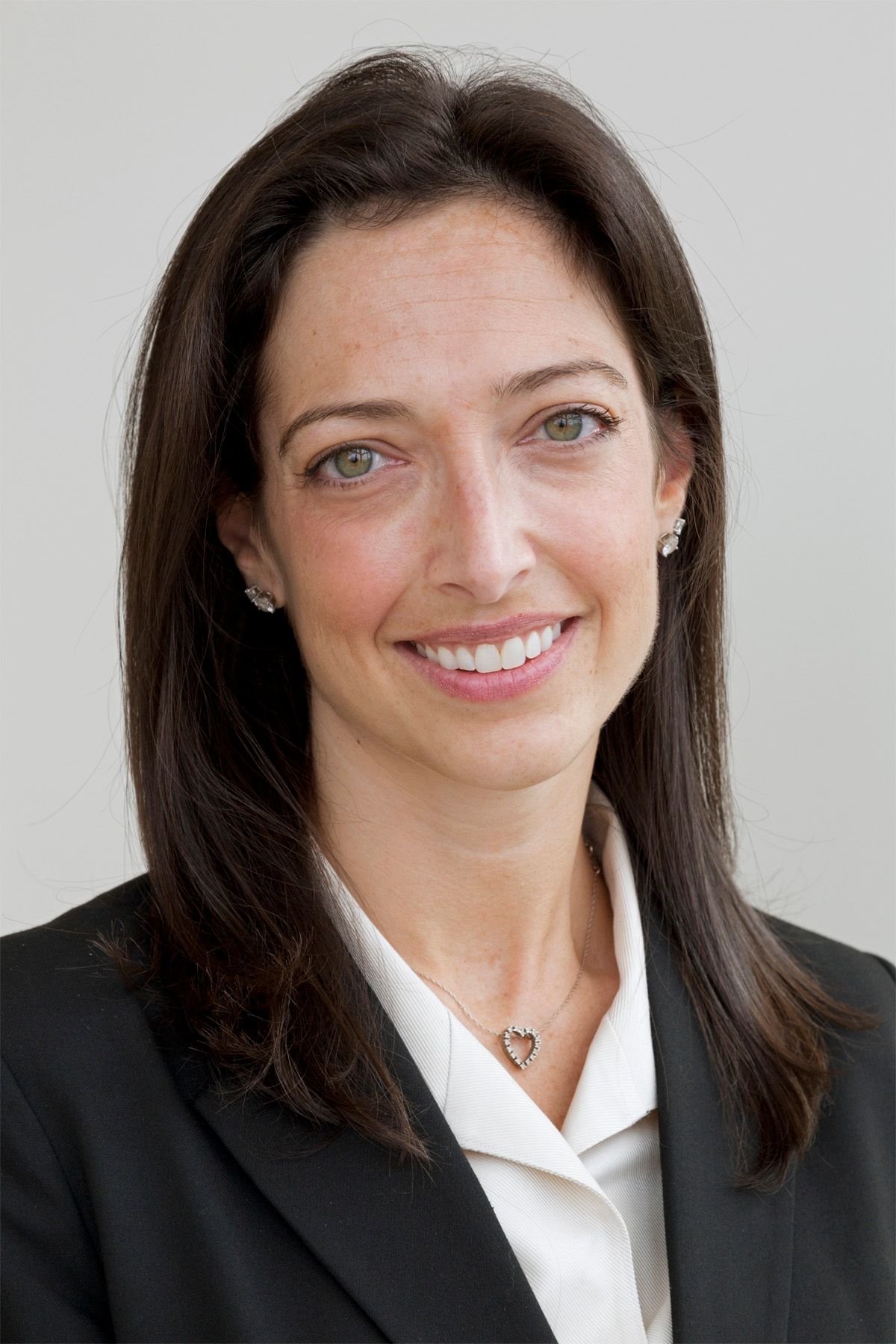New Surgical Techniques, Personalized Medicine on Horizon for Glioblastoma
Despite some surgical advancements in recurrent glioblastoma, significant progress and a move toward a more personalized approach is still needed, said Jennifer Moliterno Gunel, MD.
Jennifer Moliterno Gunel, MD

Jennifer Moliterno Gunel, MD
Despite some surgical advancements in recurrent glioblastoma, significant progress and a move toward a more personalized approach is still needed, said Jennifer Moliterno Gunel, MD.
In an interview withTargeted Oncology, Gunel, assistant professor of neurosurgery, Yale Medical Group, discusses re-radiation techniques for patients with recurrent glioblastoma, real time MRI technology that aids in the surgical process of resection, and the evolution of personalized medicine within the malignancy.
TARGETED ONCOLOGY:What are the current treatment options for patients with recurrent glioblastoma?
Gunel:
Typically for recurring glioblastoma, often times these patients are seen by neuro-oncologists. I'm a brain tumor surgeon, so they will frequently refer the patients back to me for re-resection, and that is often times an option. Meaning that we can go back and try to remove as much of the tumor as we can safely, which can provide symptomatic relief to the patient. It can also can lead us to really take a look at the tumor again, and have the pathologist look at the tumor again, to see if the mutational profile has changed.
Then of course there are additional options, which are usually chemotherapy or clinical trials, and there are various types of trials that we can offer at that point. Typically, radiation is used up front in the diagnosis of glioblastoma, and it's often a one-shot deal. Normally the patients get it for several weeks after the initial diagnosis. There are other studies now that are allowing for what we call ‘re-radiation.’
Frequently, glioblastoma up front would be treated with surgery, trying to remove as much of the tumor as possible safely, followed by radiation and chemotherapy. Recurring glioblastoma treatment is surgery, if amenable with keeping the patient's quality of life in line, followed by re-radiation and then some type of different chemotherapy. So not the standard chemotherapy that's given the first time around.
TARGETED ONCOLOGY:As a surgical oncologist, how have techniques evolved in recent years? Has new technology played a role in your job?
Gunel:
From the surgical standpoint, we try to, and there's evidence that shows that, the more tumor that we're able to remove, the better the results for patients and the better the outcomes for the patient are. It's still a very deadly disease of course, but it does make a difference having as much of a tumor removed as possible. Where surgery comes into play, it's trying to push the envelope to remove as much of the tumor as safely possible.
The way that we can do that with newer technology is with inter-operative MRI. That is helpful in that it gives real-time feedback to me about how much of the tumor I'm able to remove, and even being a brain tumor surgeon and seeing tumors day in and day out, the borders of the tumor can very much appear like brain, but still look like tumor on the MRI. Even when I think I've completed the removal of the tumor, I'll still get an MRI with the patient on the table and asleep, and that will show me if there's any tumor that remains that might just look like brain, but is really tumor. That allows me to be more aggressive with surgery.
The techniques that we use, especially at Yale, are different because we also use various neuromonitoring techniques and neuro-anasthesia. That way we're able to keep patients awake if we need to. For instance, if there's tumor that's near the speech areas, we might have the patient awake and talking to us during surgery, which again the end result is that we're able to remove more of the tumor and keeping them neurologically okay. That's important for getting through the radiation and chemotherapy aspects of glioblastoma treatments.
TARGETED ONCOLOGY:Are there any new treatment options on the horizon?
Gunel:
There's a lot of new ones throughout the spectrum, including taking other examples from other cancer types and trying to apply them to brain cancer. There's many trials that we're involved with at Yale, but one of the trials that I'm involved with has to do with injecting a retroviral replicating factor, so basically a virus, into the brain at the time of resection or removal of recurring glioblastoma. That virus encodes a specific enzyme, which basically converts a medication that's later given to the patient, which is a very well tolerated anti-fungal medication that people don't have many side effects from, and it converts it locally within the tumor cell into a chemotherapy drug.
It's been in trials for a little while and it shows promising results, and that's why we're really excited to open it at Yale. We opened it recently.
TARGETED ONCOLOGY:What are the biggest challenges in this space that you would like to see addressed?
Gunel:
I think it's a very heterogeneous disease, and so that's what makes it very difficult to really target effectively. I think that we probably need more sophisticated techniques with genetic testing of tumors, and we need to try to personalize medicine better, meaning that we find certain mutations that are in the tumor and then we can personalize or better target treatments for the disease. What I mean by heterogeneous is that these tumors have, compared to other tumor types, a lot more mutations. The problem with that is if you give everybody the same drug, it'll work for some but not for others. Moving forward and toward more personalized ways of tackling this is the way to go.
FDA Approves FoundationOne CDx as Companion Diagnostic for Tovorafenib in Pediatric Low-Grade Glioma
January 17th 2025FoundationOne CDx is now FDA-approved as the first companion diagnostic for tovorafenib, enabling targeted treatment for relapsed/refractory pediatric low-grade glioma with BRAF mutations or rearrangements.
Read More